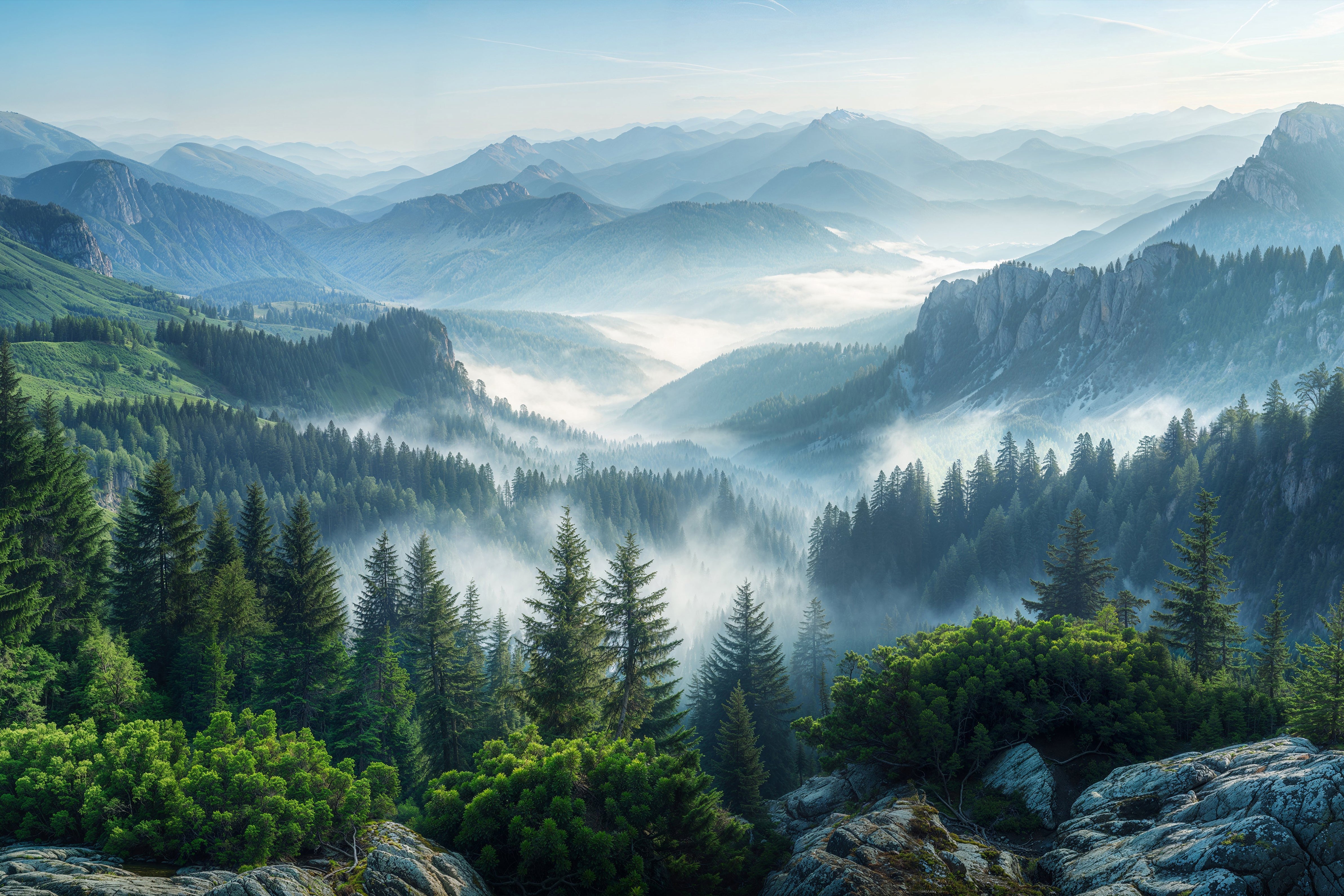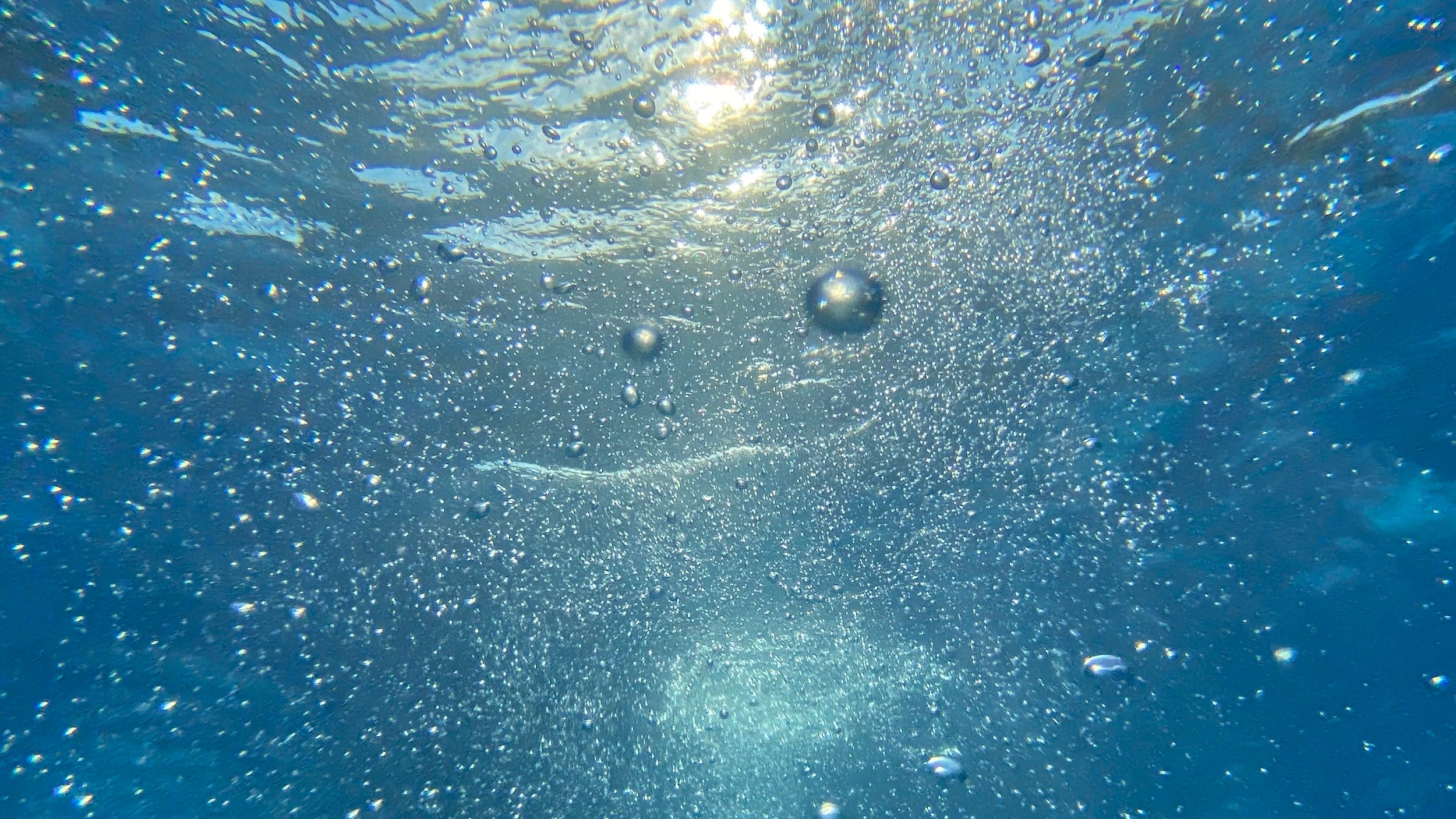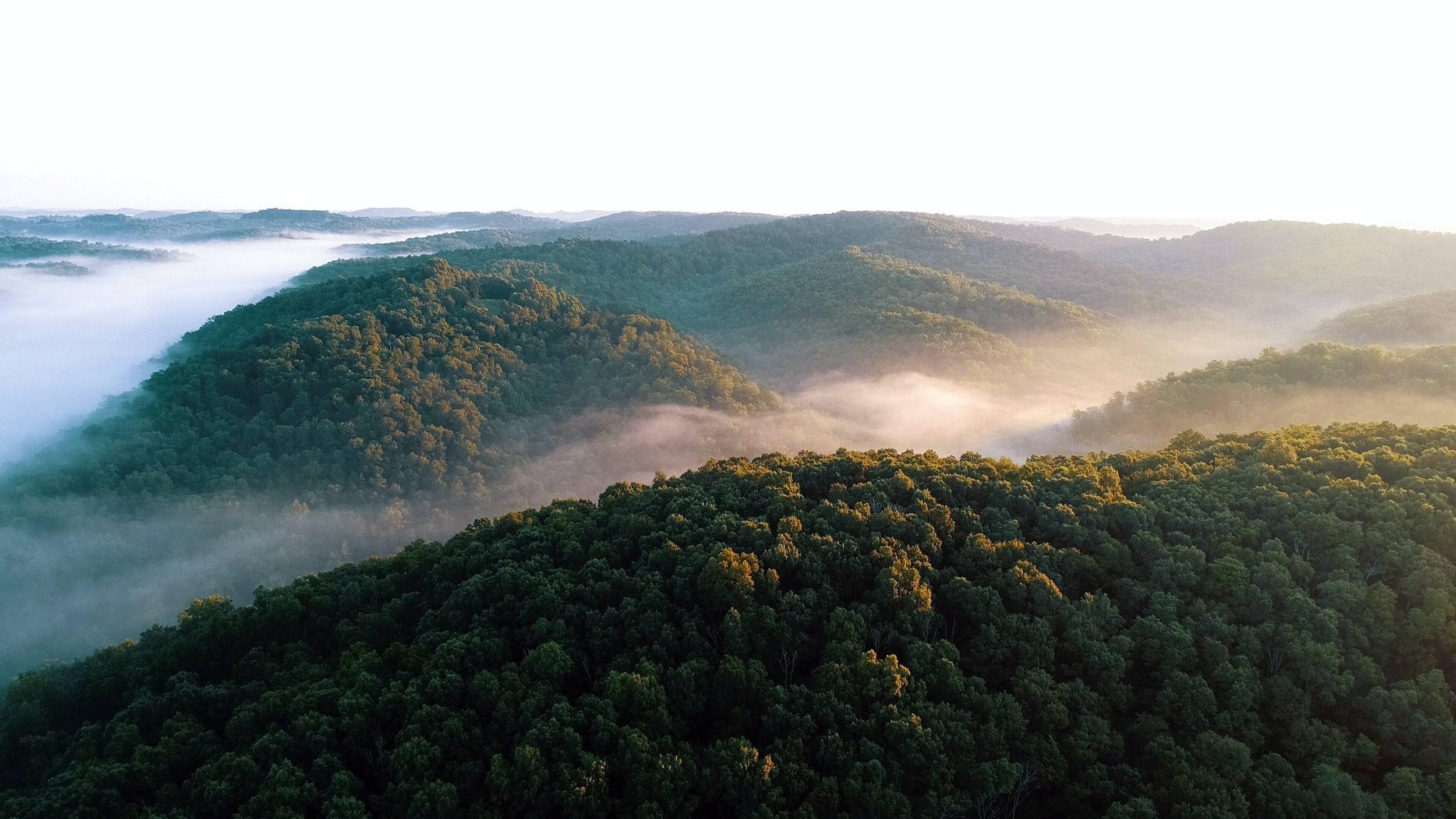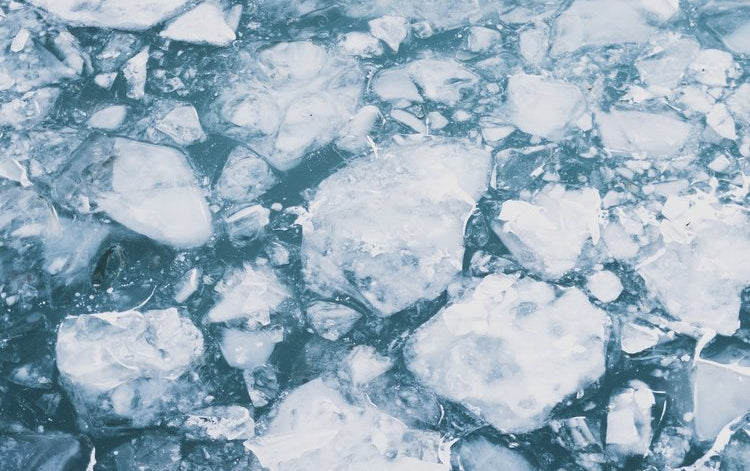
OCEAN’S MEMORY
Ocean has a memory—and it's fading. Ocean memory is what scientists call the stability of ocean conditions in the sea's top layer. It helps scientists forecast ocean conditions that contribute to how we manage sensitive marine ecosystems and prepare for extreme weather events. According to scientists, oceans are experiencing a sort of amnesia in the face of the climate crisis. As global temperatures rise, the thickness of the ocean’s top layer—the mixed layer—is gradually thinning. The loss of ocean memory could have catastrophic results on oceans and land.
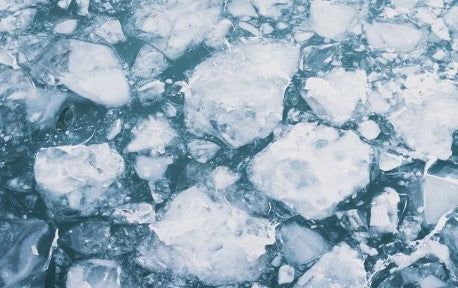
OCEANS
Global warming is mainly caused by carbon dioxide put into the atmosphere by the burning of fossil fuels. Oceans absorb large amounts of these emissions, while also absorbing heat from the atmosphere, serving as a critical buffer against climate change and keeping the world from otherwise becoming a practically unlivable hothouse. By some estimates the oceans have taken up about 25 percent of the excess carbon dioxide, and more than 90 percent of the excess heat, that has resulted from burning of fossil fuels and other human activities since the 19th century.
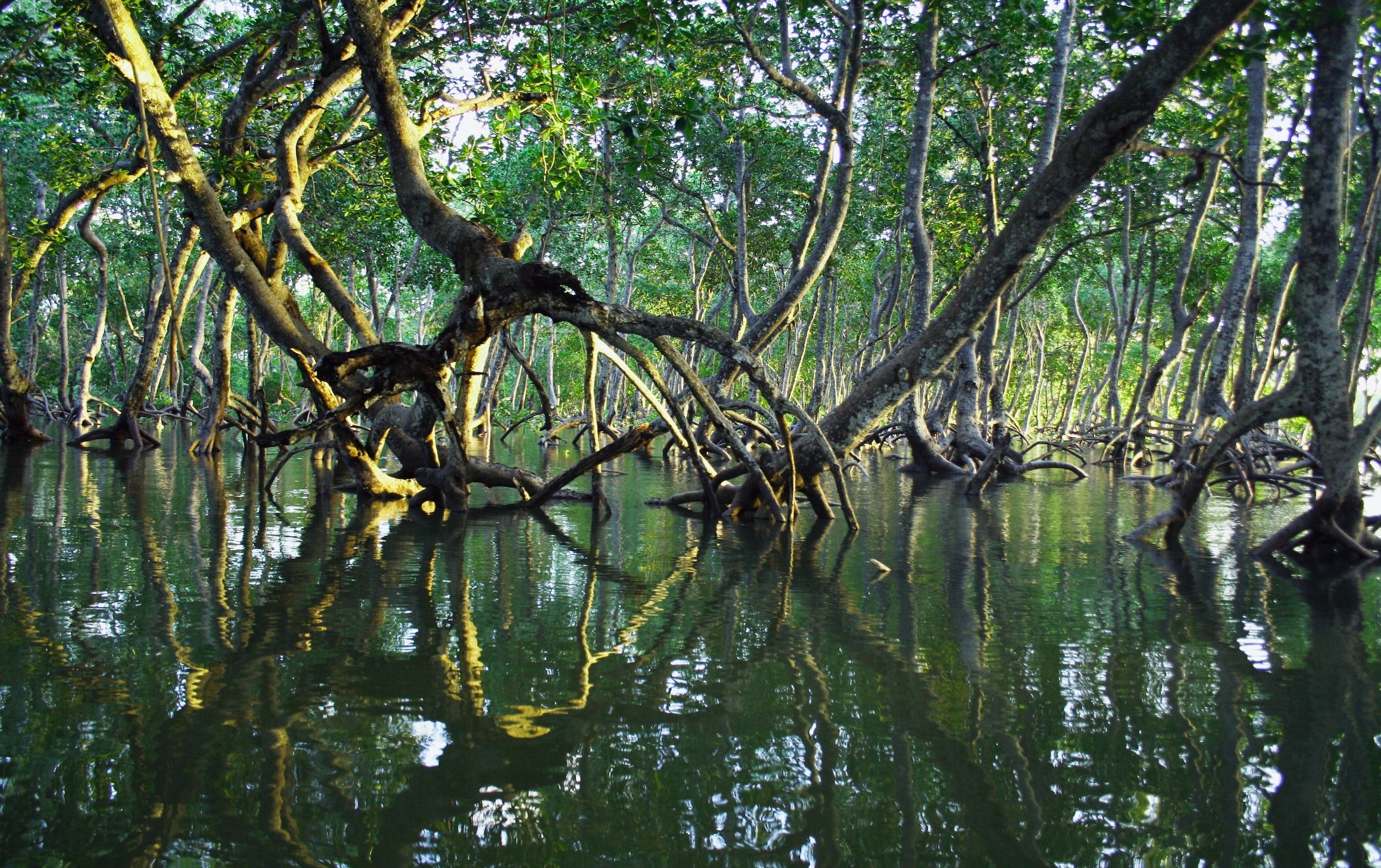
EUTROPHICATION
Eutrophication is the gradual increase in the concentration of phosphorus, nitrogen and other plant nutrients in an aquatic ecosystem. By using more fertilizer than the crops could use, the unused nutrients, nitrogen and phosphorus, are washed into the rivers or lakes, overfertilizing them too. The residue forms algae and, as it is decomposing, it uses oxygen thus reducing oxygen level in the water. That change of chemical composition in the sediments of the lake causes it to release more phosphorus. The same happens in the ocean causing death zones in a few hundred places around the world.
“THE TRUTH IS: THE NATURAL WORLD IS CHANGING. AND WE ARE TOTALLY DEPENDANT ON THAT WORLD.”
— Sir Richard Attenborough
“WITH EVERY DROP OF WATER YOU DRINK, EVERY BREATH YOU TAKE, YOU ARE CONNECTED TO THE SEA. NO MATTER WHERE ON EARTH YOU LIVE.”
— Sylvia Earle, marine biologist and oceanographer
ALGAE
Three months’ worth of rain fell on a single day in September 2020 filling parts of Dakar with algae-covered water. Excessive algae blooms disrupt the ecological balance and deteriorate the water quality. These organisms release potent toxins that often lead to massive fish and animal die-offs. They also impact humans, causing illness, paralysis, liver cancer, or even death.
MANGROVES
A mangrove is a shrub or tree that grows in coastal saline or brackish water. These blue forests can store 4-10 times as much carbon as terrestrial-based trees, burying it deep within their roots. In the face of rising tides and more severe storm surges, mangroves offer coastal resiliency, mitigating as much as $65 billion in damages from natural disasters annually. Furthermore, these mangrove forests serve as a home for many species, helping to bolster biodiversity for marine habitats while supporting small-scale fisheries and ecotourism. The mangroves mitigate climate change, capture carbon and also reduce the height and speed of waves to lessen storms.
FLYING RIVERS
On average, a forest tree releases 1,000 liters of vapor into the air daily. Flying rivers are moisture-laden air currents ‘arial rivers’ that are formed above the Amazonian rainforest and extend over a large part of the South American continent. This flying river runs counter-current to the Amazon river and its tributaries and replaces the water that is drained into the Atlantic Ocean. They are responsible for sustaining rainfall in the Amazon and South American region.




